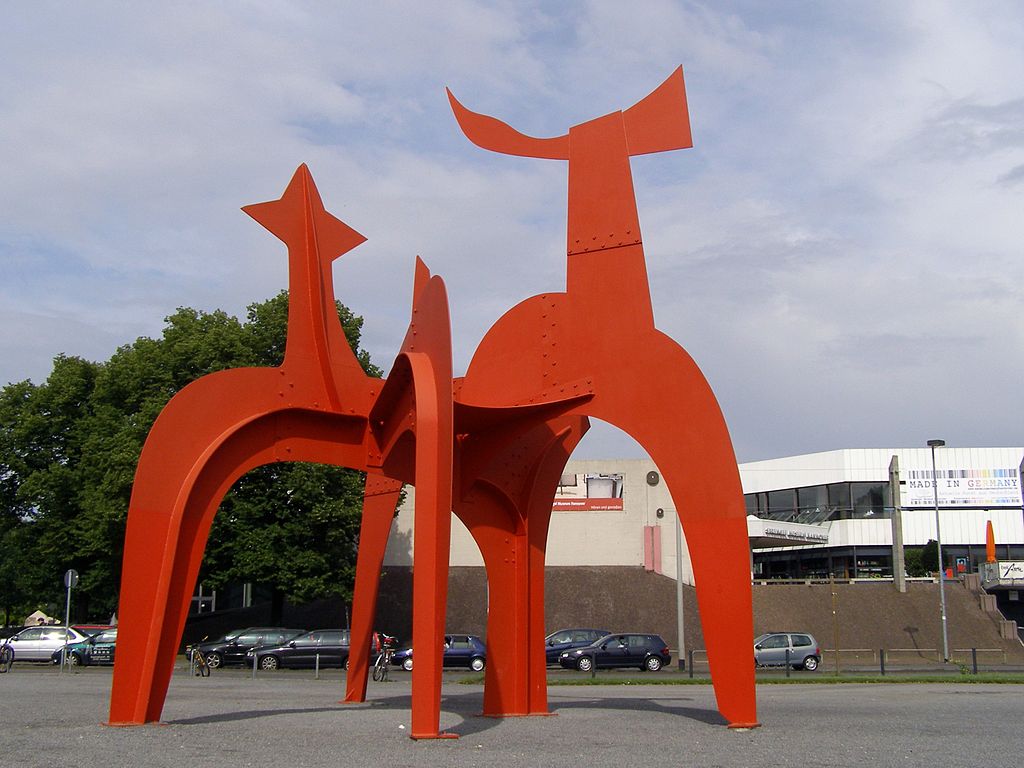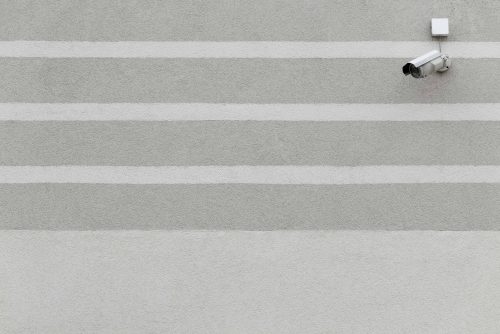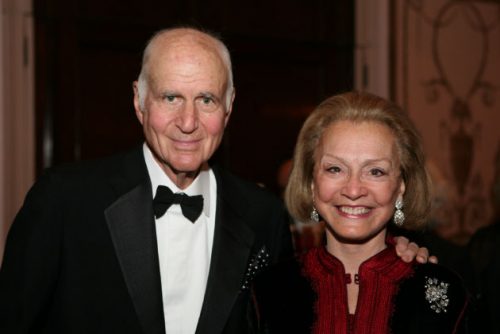The New York Times reports on Norman and Irma Braman, south Florida billionaires who are committed to singlehandedly financing the Institute of Contemporary Art (ICA) in Miami (set to open in December 2016). The Bramans are taking the lead on the museum project: chairing the board, securing land for the museum site, rounding up major commitments to see the museum through its first decade of existence, and donating a significant collection of their private collection.
There are also some holes in the blueprint. Mrs. Braman reveals that the couple “hasn’t even priced out the fire extinguisher system yet.” The Times report suggests there is currently no working budget for the museum, but did estimate the ICA’s annual operation cost would total about $5 million once it opens.
Norman Braman, whose personal fortune is estimated to be about $2 billion, is resolute: “Whatever the cost is, we will be building it, period.”
Whence such certainty? A large part of the project’s momentum is due, I suspect, to Braman’s personal charisma: the child of a Polish barber and Romanian seamstress, Braman made his first billion selling vitamins and cars. For a man who started as a teenage waterboy for the Philadelphia Eagles and eventually came to be the team’s sole owner, building a museum likely doesn’t seem that much of a hurdle. Also, Braman is unsurprisingly passionate about contemporary art, boasting an extensive personal collection (he seems to favor the work of Alexander Calder).
But apart from the typical rags-to-riches optimism, Braman points to a more specific reason for hope: “[N]ot one cent of taxpayer dollars [is] going into the construction, or the acquisition of properties for the sculpture garden, or anything,” Norman tells the Times. This distinguishes the ICA from other Miami art ventures, notably the flagging public-private Perez Art Museum. Braman doesn’t seem to want the crutch of public subsidies to prop up his dream project, even if it means seeing it fail. (When asked about setting up an endowment for the museum, Braman responds, “If an institution has not made it after 10 years, it shouldn’t be around anymore.”)
This temptation to rely on public funds – counterintuitively – proves particularly acute in the moneyed setting of the Miami art scene. This is because many philanthropists fail to actually pony up and support their beloved museums. Another wealthy art patron mentioned in the Times article put it bluntly: “The wealth in Miami, by and large, is used more for self-aggrandizement than civic support.” This results in various awkward public-private or wholly public art institutions that struggle to snag their share of shrinking county budgets. In turn, this leads to instability and turmoil among the governing boards of these organizations. The ICA itself was formed after the former board of directors of the Museum of Contemporary Art collectively defected from that city-run body over funding and staffing issues.
Braman wants to avoid such distractions in the future, and is content to forge ahead with his privately funded ICA museum.
The eighty-two year old naturally finds himself asking ever-more immediate questions about his legacy and the nature of philanthropy; his answers to these questions lead him to the ICA project as much out of a sense of civic responsibility as personal pleasure. Judging by the potential success of the ICA project, this particular combination of motivating factors seems at least better than reliance on sloppy and ill-conceived government subsidies.
It is telling that Braman sees himself in the same line as older American philanthropists like the Carnegies and the Mellons, who he says “used their wealth for quality purposes.” He is a man of means with a particular passion that he is willing to institutionalize for the public consumption; if Braman maintains his commitment to refusing even “one cent of taxpayer dollars,” then his efforts ought to be appreciated at least for their sincerity. Whether art museums, symphonies, or educational institutions, the pet projects of billionaire enthusiasts have done much to build up the landscape of American civil society.
Even for those of us who spare no love for modern art, the goings on in Miami should be reasonably heartening.






